Complete Solutions to Exercise of chapter FULL TEST 3 of Class 11 book with complete answers and questions
| Class 11 | PHYSICS |
| Chapter | FULL TEST 3 |
| RESONANCE | Exercise |
| Number Of Questions | 30 |
| Academic Year | 2023-24 |
One mole of an ideal monoatomic gas is mixed with one mole of an equimolar mixture of monoatomic and diatomic ideal gases. Find the value of `lambda= (C_P /C_v)` for the final mixture
View SolutionA body covers first `1/3` part of its journey with a velocity of `2m//s`, next `1/3` part with a velocity of `(3m)/s` and rest of the journey with a velocity `6m//s`. The average velocity of the body will be
View SolutionA smoothh disc is rotating with uniform angular speed `omega` about a fixed vertical axis passing through its centre and normal to its plane as shown. A small block of mass m is gently placed at the periphery of the disc. Then (pickup the correct alternative or alternatives)

View SolutionFigure shows a plot of potential energy function `U(x) = kx^(2)` where x = displacement and k= constant, Identify the correct conservative force function `F (x)`
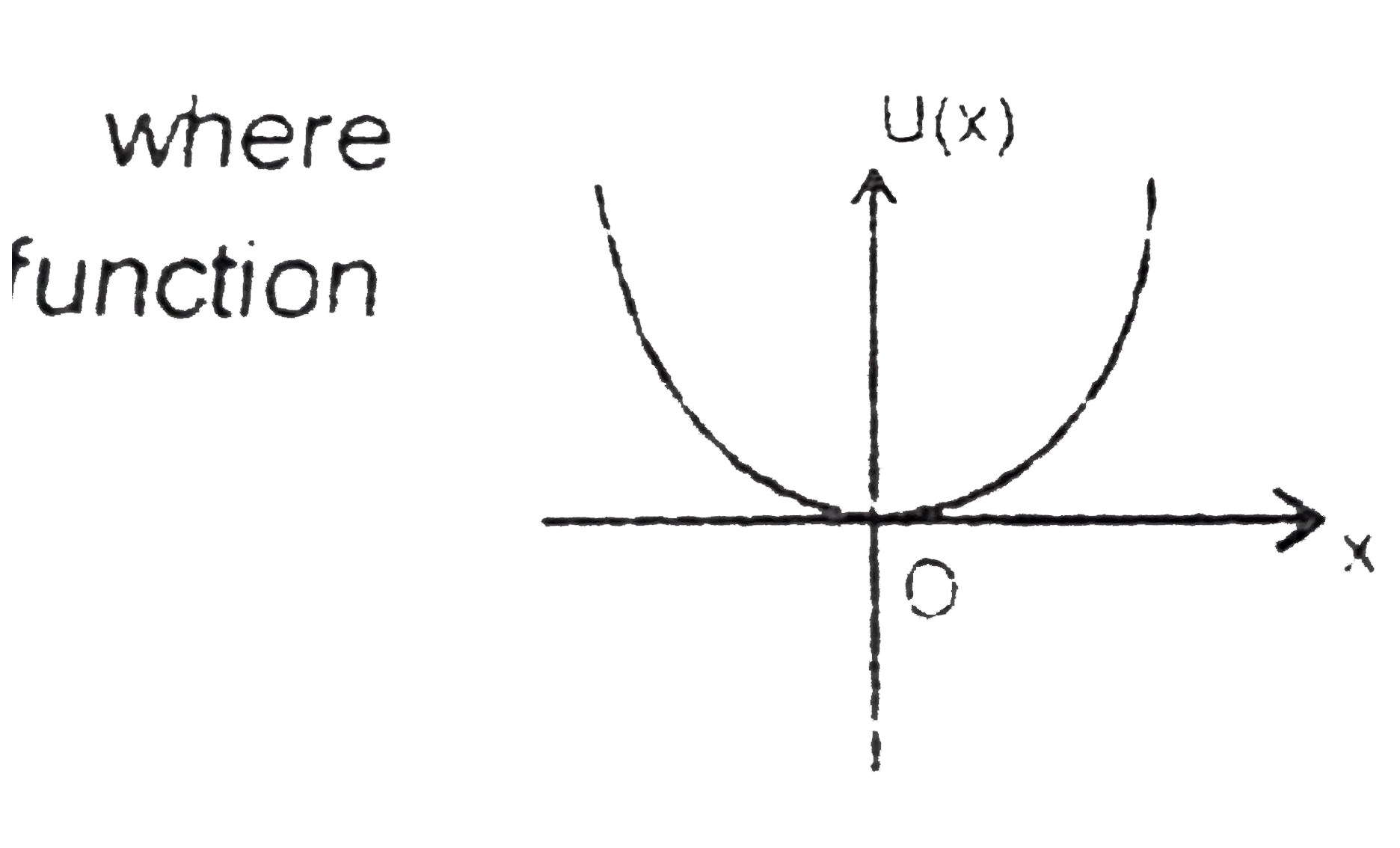
View SolutionA girl throws a ball with initial velocity v at an inclination of `45^(@)`. The ball strikes a smooth vertical wall at a horizontal distance d from the girl and after rebounding returns to her hand. What is the coefficient restitution between the all and the ball ?
View SolutionA 40 cm wire having a mass of 3.2 g is stretched between two fixed supports 40.05 cm apart. In its fundamental mode, the wire vibrates at 220 Hz. If the area of cross section of the wire is `1.0 mm^2`, find its Young modulus.
View SolutionA body is executing simple harmonic motion. At a displacement x, its potential energy is `E_1` and a displacement y, its potential energy is `E_2`. The potential energy E at a displacement (x+y) is
View Solution`P - T` diagram is shown in Fig. Choose the corresponding `V - T` diagram.
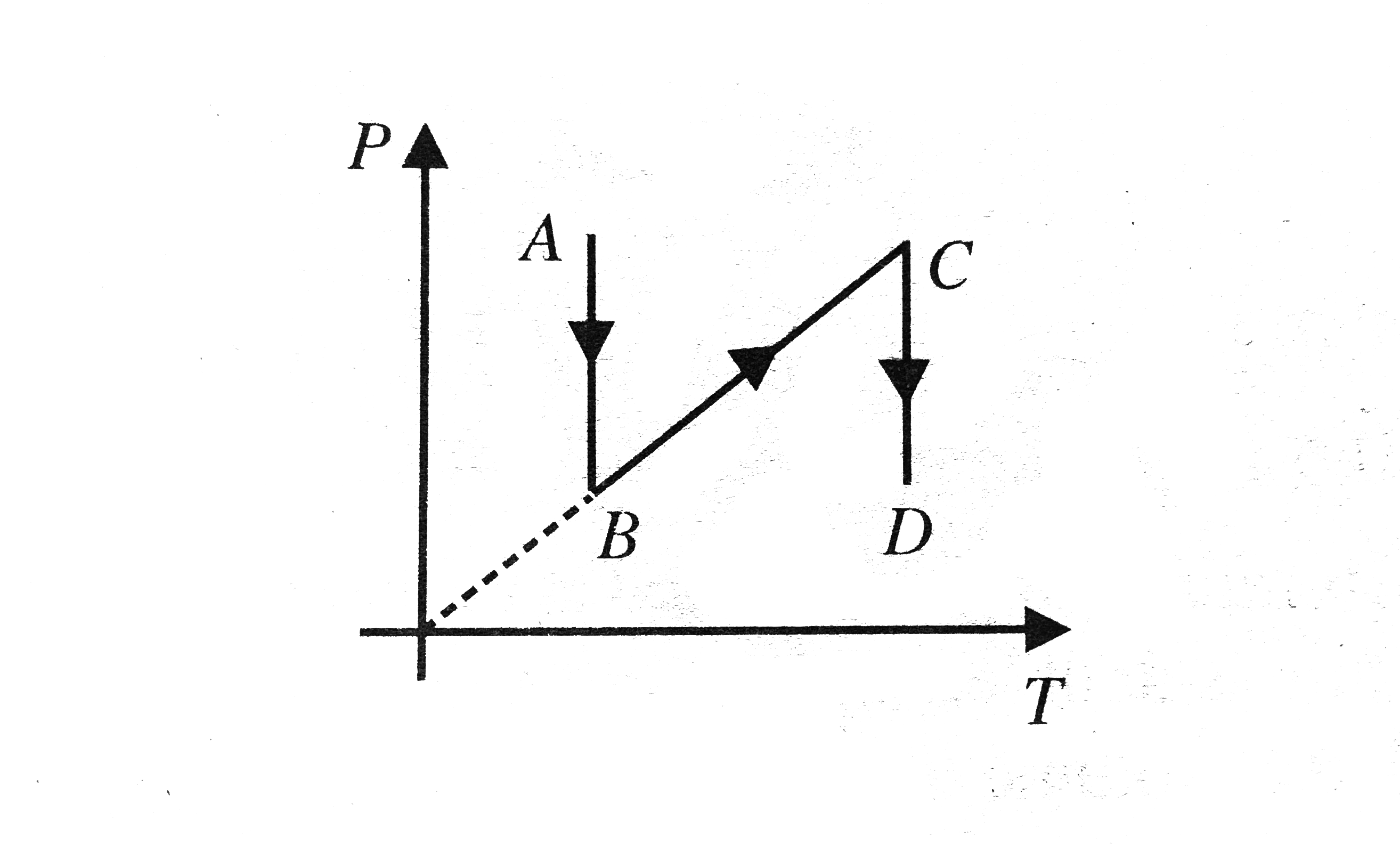
View SolutionAn ice block at `0^(@)C` and of mass m is dropped from height `'h'` such that the loss in gravitational potential energy of block is exactly equal to the heat required to just completely melt the ice. Taking latent heat of fusion of ice `= 80 cal//gm`, acceleration due to gravity `= 10 m//s^(2)` and mechanical equivalent of heat `= 4.2 J//Cal`. the value of `'h'` is
View SolutionThe length of two metallic rods at temperatures `theta` are `L_(A)` and `L_(B)` and their linear coefficient of expansion are `alpha_(A)` and `alpha_(B)` respectively. If the difference in their lengths is to remian constant at any temperature then
View SolutionA ball is suspended from the top of a cart by a light string of length 1.0 m. The cart and the ball are initially moving to the right at constant speed V, as shown in figure I. The cart comes to rest after colliding and sticking to a fixed bumper, as in figure II. The suspended ball swings through a maximum angle 60°. The initial speed V is (take `g = 10 m//s^(2)`) (neglect friction)
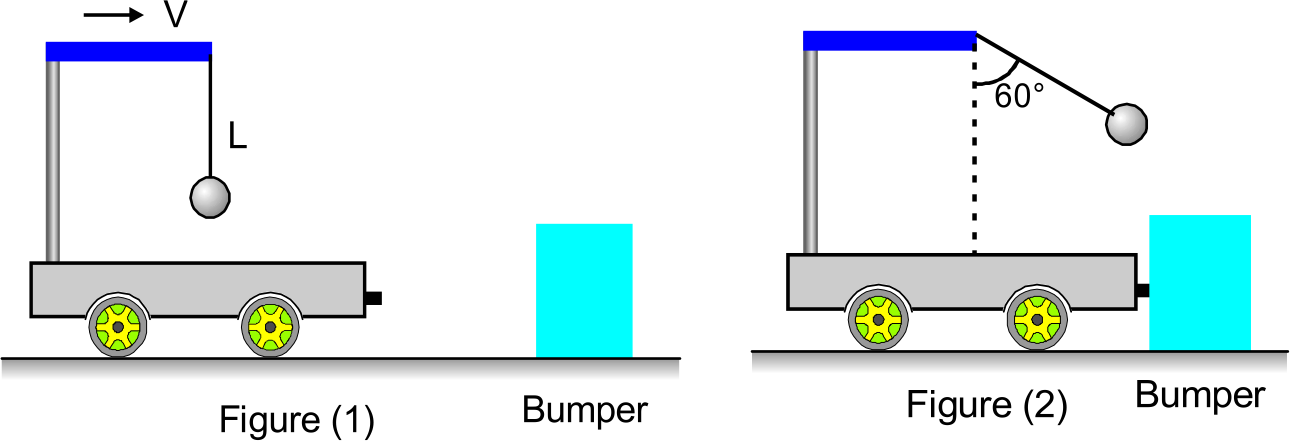
View SolutionWhen an explosive shell travelling in a parabolic path under the effect of gravity explodes in the mid air, the centre of mass of the fragments will move
View Solution
A space `2.5cm` wide between two large plane surfaces is filled with oil. Force required to drag a very thin plate of area `0.5m^2` just midway the surfaces at a speed of `0.5(m)/(sec)` is `1N`. The coefficient of viscosity in `kg-(s)/(m^2)` is:
View SolutionTwo identical samples (same material and same amount) P and Q of a radioactive substance having mean life T are observed to have activities `R_(p) andR_(Q)` respectively, at the time of observation. If P is older than Q, Then the difference in their age is
View SolutionTwo walls of thickness `d_(1) and d_(2)` and thermal conductivites `K_(1) and K_(2)` are in contact. In the steady state, if the temperature at the outer surfaces are `T_(1) and T_(2)` the temperature at the common wall is
View SolutionThree coaxial circular wire loops and a stationary observer are positioned as shown in figure. From the observers point of veiw, a current I flows counter clockwise in the middle loop, which is moving towards the observer with a velocity v. Loops A and B are stationary. This same observer would notice that.
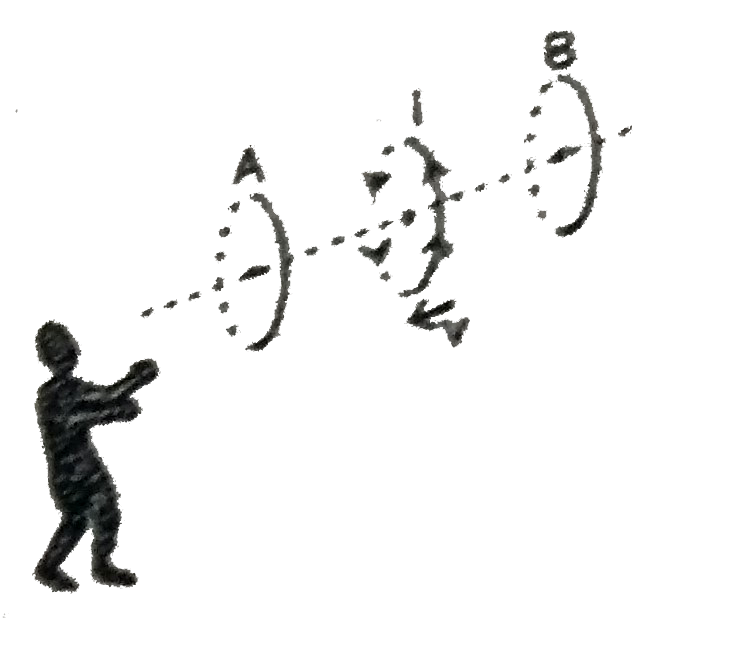
View SolutionThe frequency of oscillation of current in the inductor is -
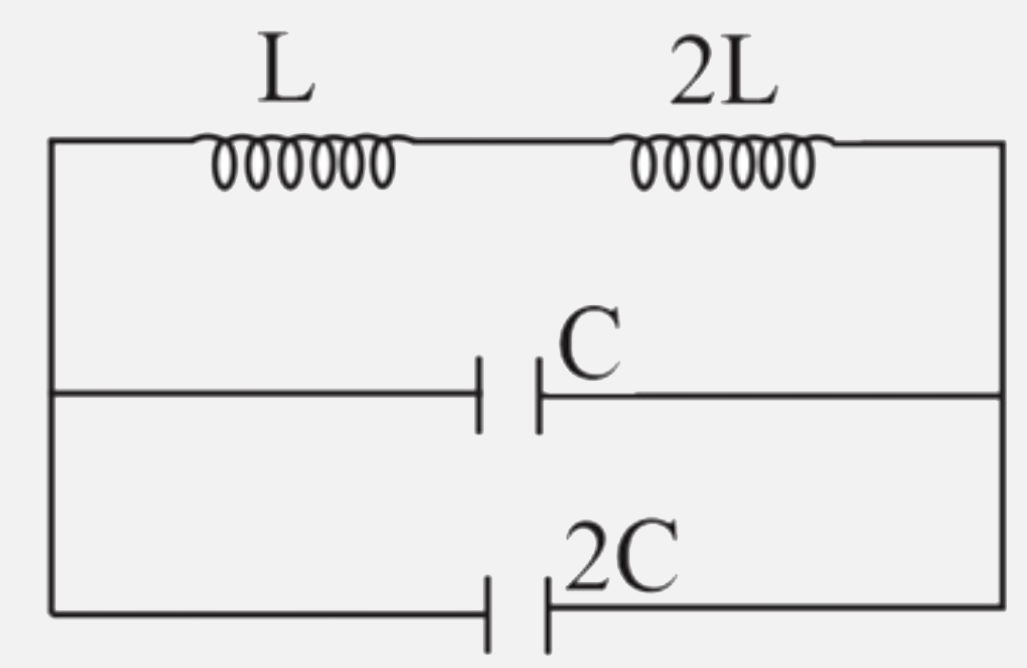
View SolutionIn the circuit diagram shown
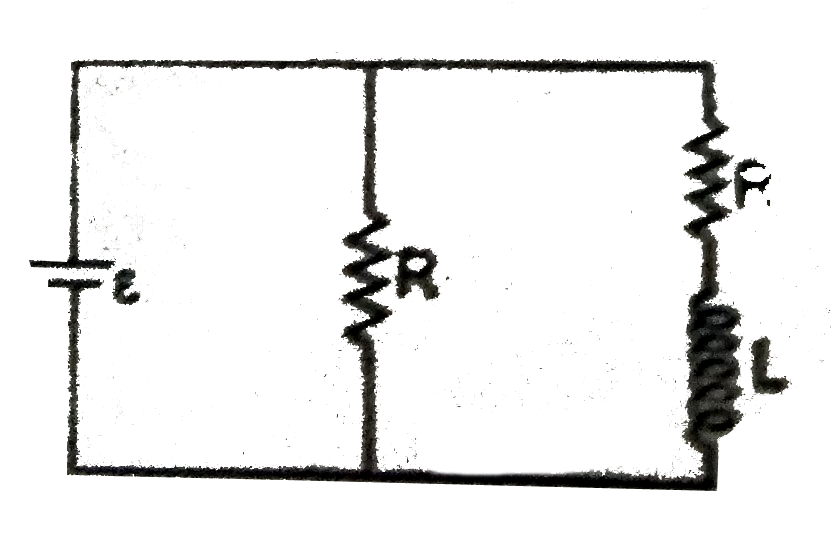
View SolutionFind the effective value of current.
`i=2 sin 100 (pi)t + 2 cos (100 pi t + 30^(@))`.
View SolutionThe electric intesity E, current density j and conductivity `sigma` are related as:
View SolutionIn the given electrical circuit, the potential difference between point A and B is (assume the battery is ideal and the conducting wires have almost zero resistance):
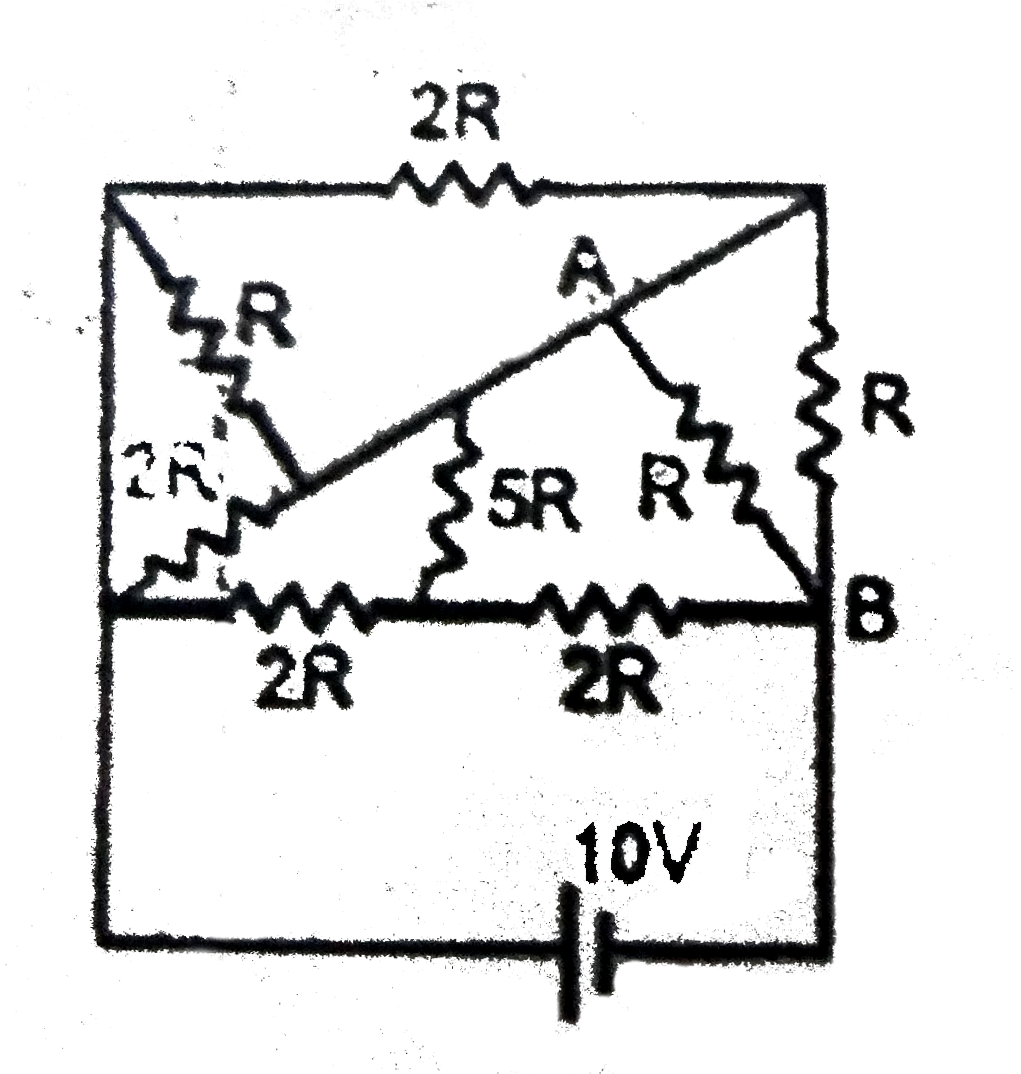
View SolutionWhich of the following is (are) correct? .
View SolutionA point source of light is used in a photoelectric effect. If the source is moved farther from the emitted metal, the stopping potential
View SolutionThe distance of `n^(th)` bright fringe to the `(n+1)^(th)` dark fringe in Young's experiment is equal to:
View SolutionThe escape velocity of a sphere of mass m is given by (G= univesal gravitational constant, `M_(e) =` mass of the earth and `R_(e) =` radius of the earth)
View SolutionA uniform electric field in positive `x`-direction on exists in space. An uncharged solid conducting sphere is now placed in region of this uniform electric field. The centre of this sphere of radius `R` lies at origin. Then electric potential at any point on `y-z` plane (i.e. `x=0` plane) due to only induced charged on surface of sphere.
View SolutionAn electron is revolving around a proton. The total work done in one revolution by electric force on the electron will be zero if the trajectory of the electron is
View SolutionFour charges are rigidly fixed along the Y-axis as shown. A positive charge approches the system along the `X`axis with initial speed just enough to cross the origin. Then its total energy at the origin is
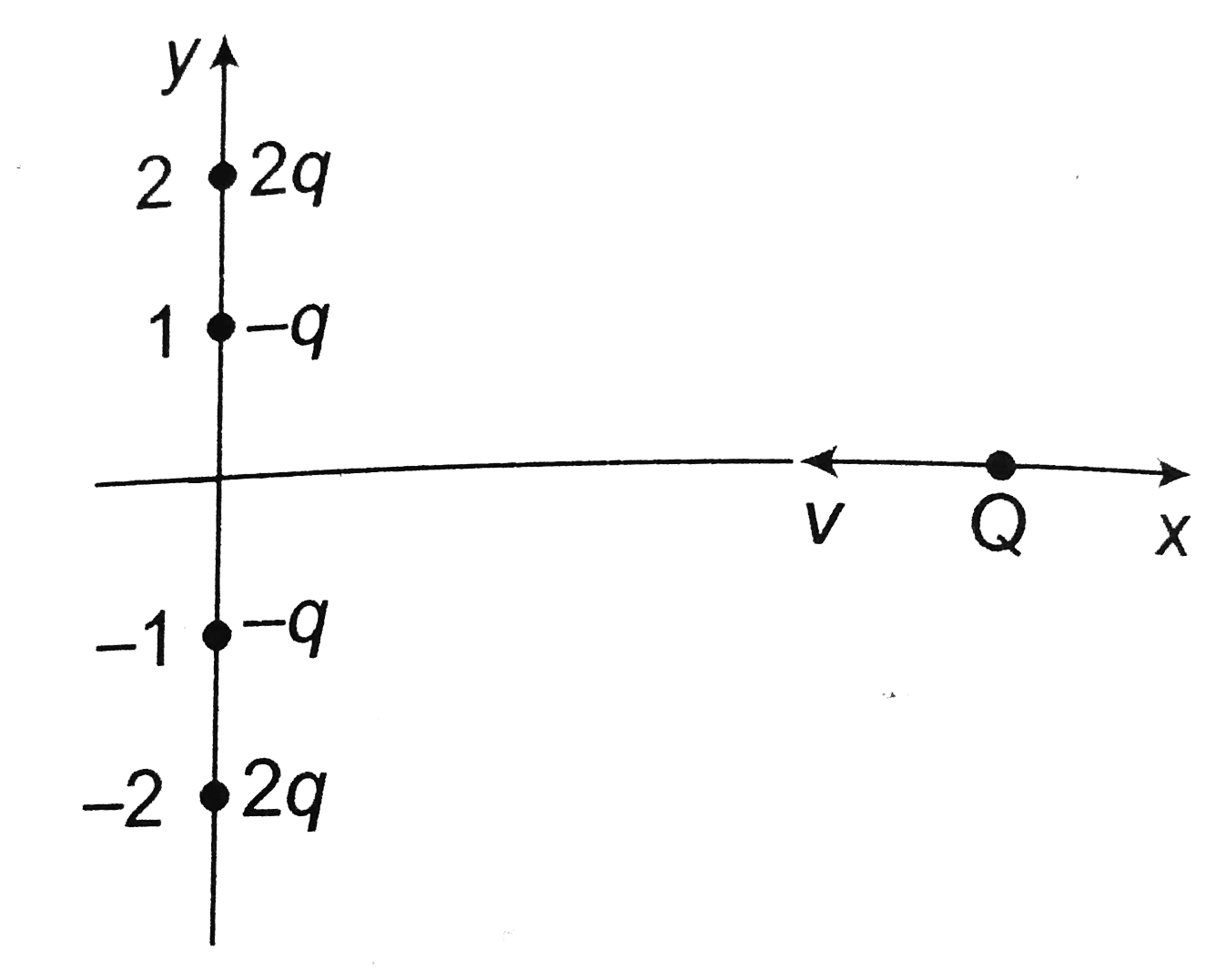
View SolutionAssertion: Capacity of a parallel plate capacitor increases when distance between the plates is decreased.
Reason : Capacitance of capacitor is inversely proporational to distance between them.
View SolutionThe direction of the field B at P is
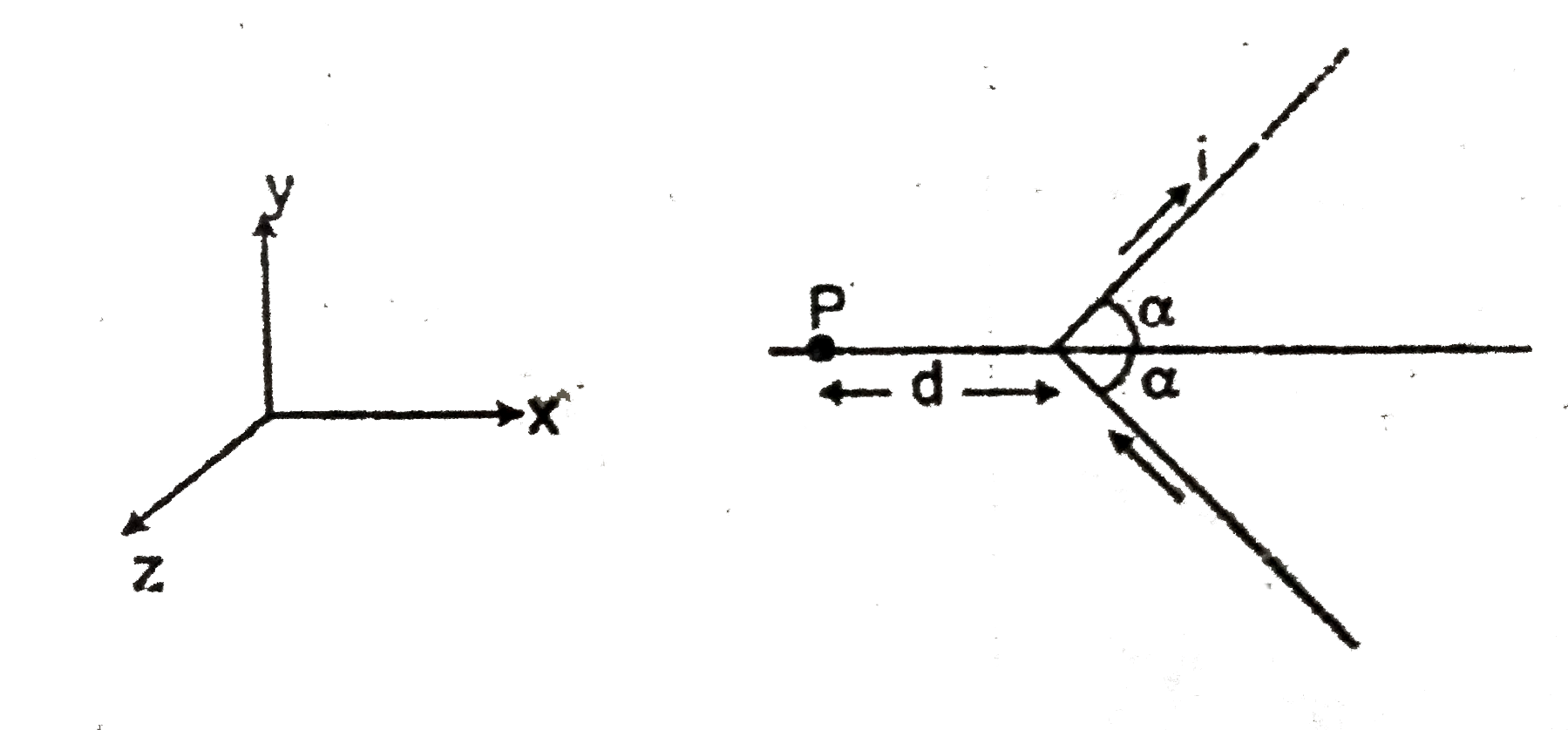
the V shaped wire is in x-y plane
View Solution
Exercise questions and complete solutions for chapter FULL TEST 3 of RESONANCE ENGLISH of Class 11